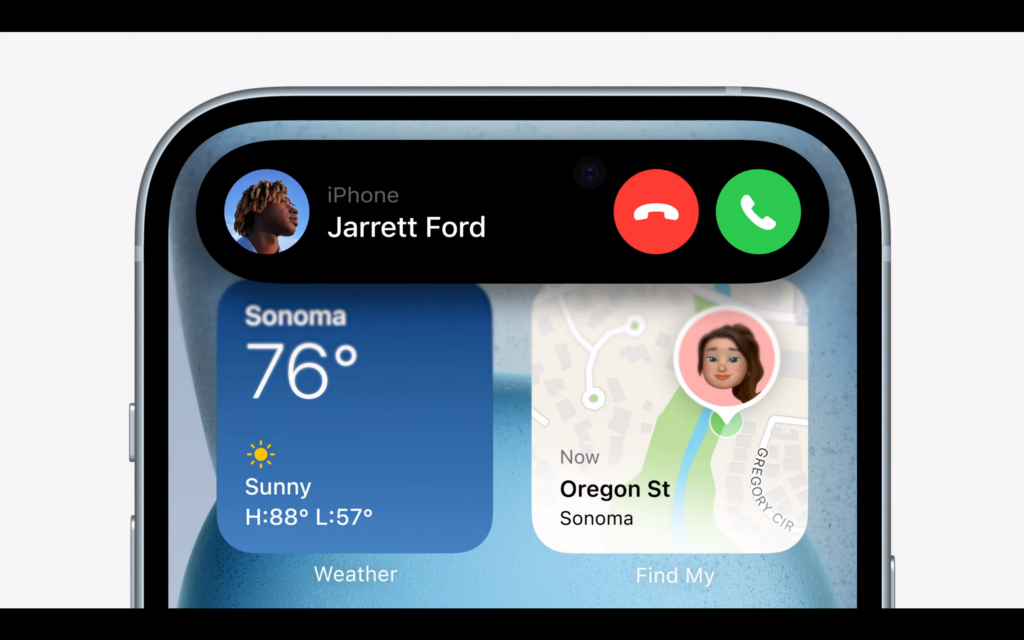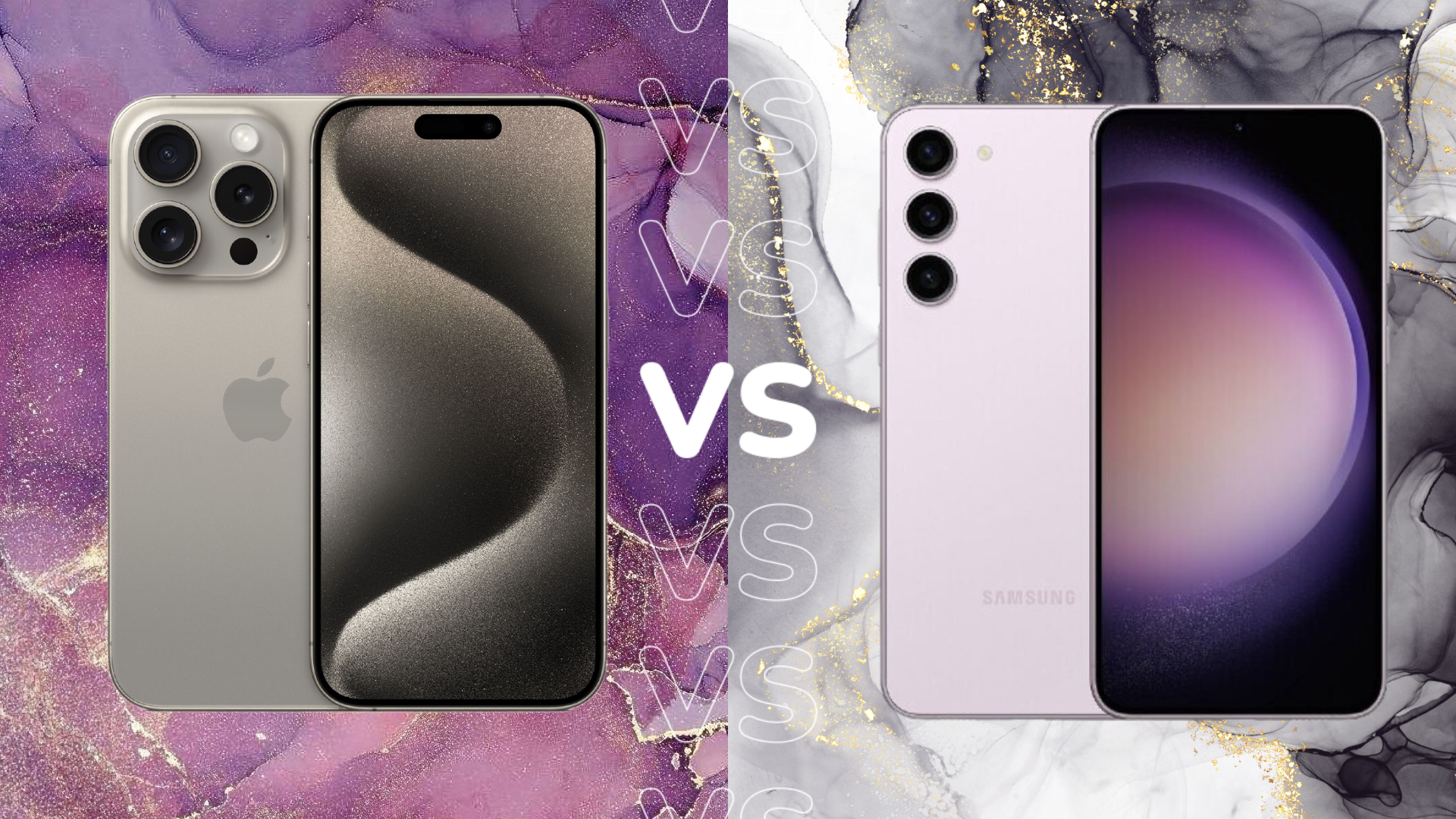iPhone 15 vs iPhone 13: What’s changed over two years?

Apple just introduced its brand new batch of phones for 2023, including the vanilla iPhone 15. But has Apple mixed it up enough since 2021?
The Wonderlust event just blew us out of the water with the announcement of four new handsets; the iPhone 15, iPhone 15 Plus, iPhone 15 Pro and iPhone 15 Pro Max have officially joined the Apple family, and they’ve brought about some exciting new changes.
Despite these impressive improvements, the question on a lot of people’s minds won’t be concerning the capabilities of the new Pro Max model, but if the vanilla model is worth buying.
Since the iPhone 13 only launched two years ago, current owners will need to make sure that the iPhone 15 is a good investment. Keep scrolling to find out all the key differences – and similarities – between these models so you can decide if you need the latest iPhone 15, or if you’re better off sticking with what you know best.

Pre-order the new iPhone 15 range at Box
The complete iPhone 15 range is now available to pre-order sim free at Box from just £799. Includes iPhone 15/15 Plus and Pro/Pro Max
- Box
- All colours! All variations!
- from £799 – £1,599
A15 vs A16
The iPhone 13 comes with the Apple Silicon A15 Bionic chipset. This is made up of a 6-core CPU and a 4-core GPU, alongside a 16-core Neural Engine. We found that the A15 was more than capable of taking on day-to-day tasks and could also handle more intensive workloads, like gaming.
In the same vein as the iPhone 14 launch last year, Apple opted to use the last generation Pro model chipset within the base iPhone 15. The A16 Bionic chip comes with the same CPU and GPU count as its predecessor, but since it’s built on a 4nm process node, Apple was able to cram 16 billion transistors onto the chip in total – one billion more than the A15. The A16’s biggest improvements came from the advancement of AI, making it possible that the iPhone 15 will have more tricks up its sleeve in the camera department than the iPhone 13.

No more Lightning ports
Thanks to a new EU law, Apple has finally been forced to make the move away from Lightning ports and instead use the standard USB-C connector on its new phones. Lightning has been a staple of the iPhone series since the iPhone 5, but it looks like the iPhone 15 range has been able to buck the trend.
The iPhone 13 range will continue to use the Lightning port. While you may not expect this to have a large impact on the phone itself – other than USB-C being a much more convenient solution – USB-C has much faster data transfer than Lightning is capable of, which should make sending files between devices a lot more streamlined.
Dynamic Island had made its way onto the iPhone 15
Neither the iPhone 15 nor iPhone 13 are treated to all the premium features exclusive to the Pro range, with 120Hz ProMotion being the most noticeable omission. However, Apple has made some improvements to the base iPhone 15, bringing Dynamic Island away from the previous Pro models and featuring it on the latest base model.
Dynamic Island is designed to be a replacement for the iPhone’s notch, being a rounded pill shape that sits on top of the phone screen. It can change in shape and size to accommodate different applications and offers surface-level useful information, like when AirPods are connected. This will be present on all iPhone 15 handsets going forward, leaving the base iPhone 13 out in the cold.

Improved camera array on the iPhone 15
The iPhone 13 comes with a rather meagre camera selection, with just two 12MP sensors, one being an ultrawide sensor. We found that the cameras were impressive during day-to-day tasks, but the low megapixel count is something that can definitely be improved.
Apple seemed to have thought of this during the production of the iPhone 15, since it now comes with a brand-new camera setup, with a 50-megapixel main sensor and 12MP telephoto sensor. The higher megapixel count could make the iPhone 15 a lot more alluring, as well as the support for 4K Cinematic Mode and Smart HDR support.








